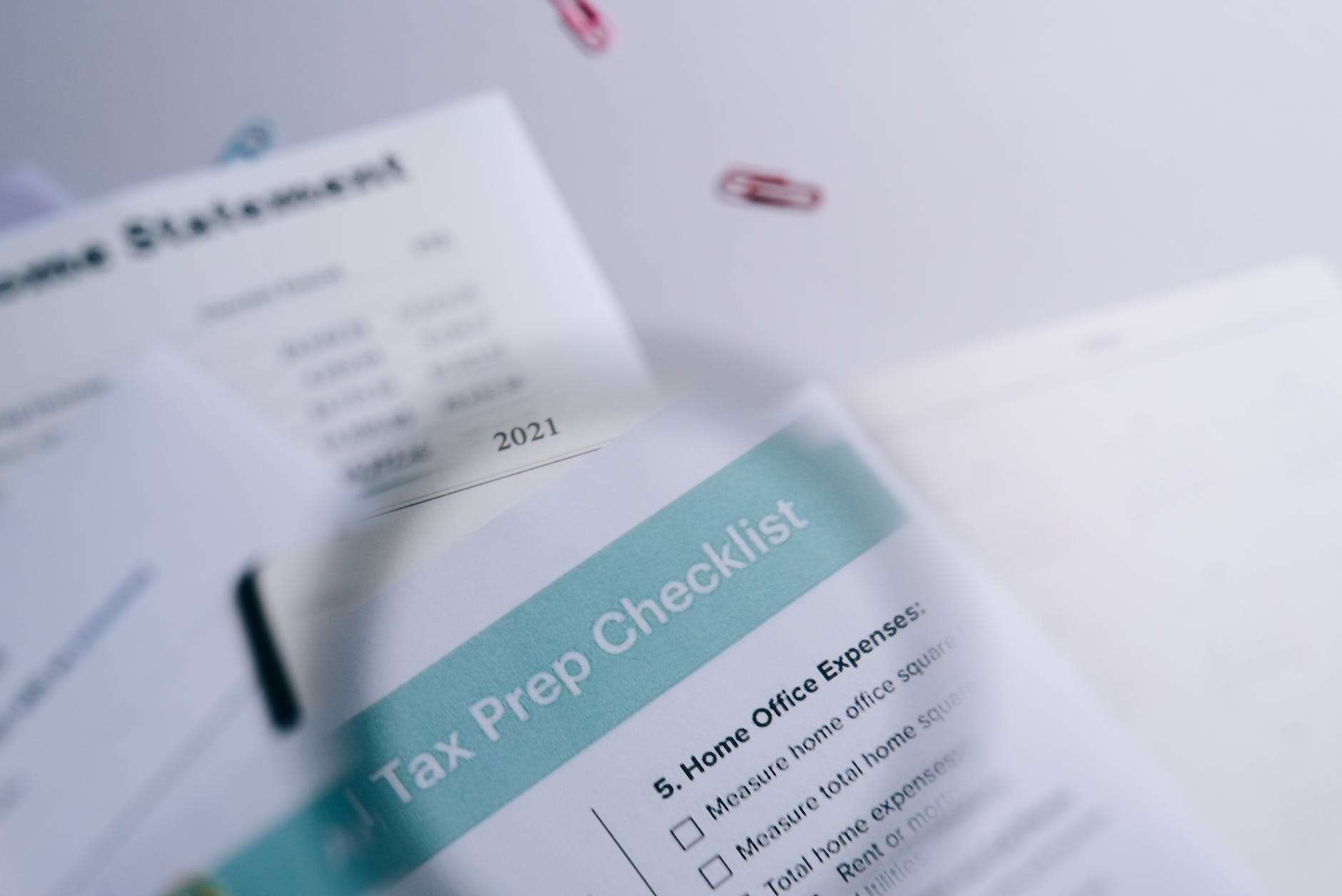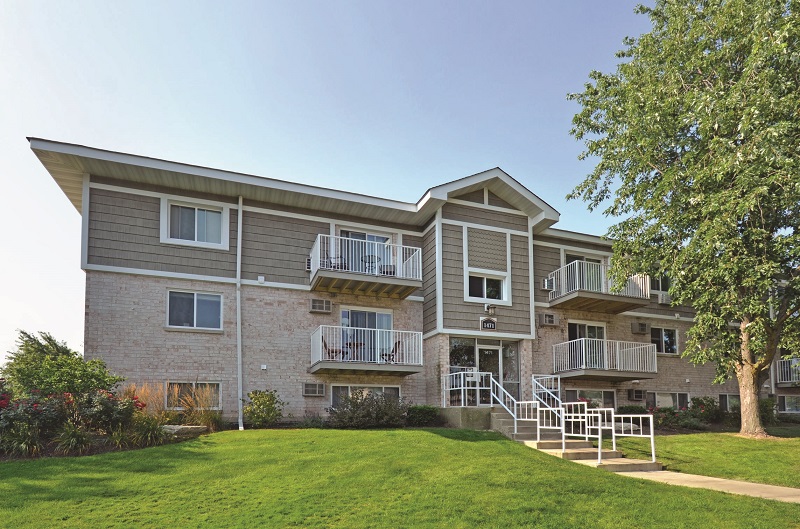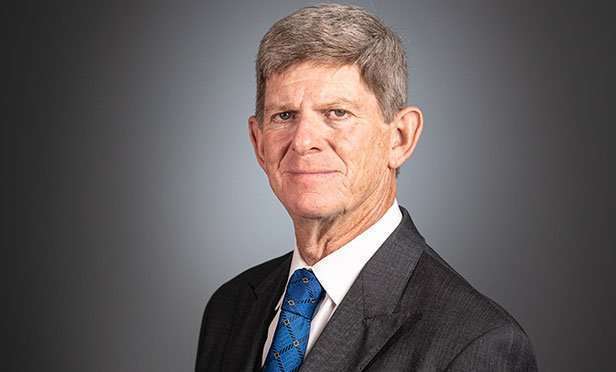
At a moment marked by inflation, slowing growth and recession fears, CRE asset categories that offer long-term potential for reliable returns are in the spotlight. Those most often cited by experts reflect a wide range, from steady perennial performers to vibrant, cutting-edge specialties. A connecting thread among these diverse examples: long-term demographic and economic trends that can withstand shorter-term shifts in conditions.
Retail stalwart
Grocery-anchored centers remain the retail category that is least impacted by online shopping. At midyear, online grocery sales accounted for 13.6 percent of the total grocery market, according to the latest Brick Meets Click/Mercatus Grocery Shopping Survey. That’s up 1.5 percent year-over-year, a sign of gradual growth, but the modest share of online sales points to robust demand for brick-and-mortar grocery stores.
A principal reason is that shoppers still like seeing and touching perishable items before purchase. And grocery visits drive customer traffic at adjacent inline retailers and service businesses, such as liquor stores, dry cleaners and nail salons and similar.
Such national grocery chains as Trader Joe’s, Whole Foods, Aldi, Harris Teeter and Stop & Shop make particularly effective anchors, said Mitch Rosen, managing director & head of real estate for YieldStreet. “These grocers appeal to a more affluent consumer base,” he said. “Look at where pricing has gone in that sector; it remains very strong.”
Life science leaders
Robust growth of a wide range of health-care-affiliated scientific advances, together with the aging of the population, demographic trends, favor life science as a safe ground-up development or conversion play. Despite an 18.5 percent year-over-year decline, venture capital investment totaled $20.8 billion during the first half, according to a report from Newmark. In the four leading hubs alone—Boston, San Francisco, San Diego and Raleigh-Durham—the renovation and construction pipeline totals 33.2 million square feet.
Investors have multiple geographic and investment category options as the demand for space continues unabated and markets of all sizes vie to participate. Ground-up development, expansion and adaptive reuse are all on the menu for R&D and manufacturing facilities, as well as for office support space.
“We are seeing tremendous interest from early and mid-stage life science companies doing small-batch manufacturing . . . that don’t need enormous factories,” said Aaron Jodka, Colliers national director of capital markets research. The three dominant hubs offer diverse opportunities and distinctive characteristics for makeovers. Greater Boston often favors conversions of older properties with good bones, while in San Diego and the San Francisco Bay Area, one-story, 1980s-vintage buildings are frequently eyed for makeovers, he added.
Industrial potential
Multiple indicators speak to the staying power of industrial assets, even in a downturn. At midyear, vacancy stood at 4.7 percent nationwide, a 120 basis-point year-over-year decline, according to CommercialEdge data. Although the general conditions that have made the sector an investor magnet are well known, the factors that shape prudent industrial investment deserve a nuanced examination.
“We rank industrial as offering a moderate hedge against inflationary effects,” said Ian Formigle, chief investment officer at CrowdStreet. Providing that hedge are typical lease terms of five to 10 years, and when tenants also assume operating costs like insurance, property taxes and maintenance in triple net leases, that helps insulate operators from inflation.
Decades of underbuilding is an often underappreciated factor in the sector’s current appeal. Until the middle of the last decade, Class A urban infill industrial properties were typically 1970s-era structures, noted Aaron Appel, co-head of New York capital markets for Walker & Dunlop. A mismatch between project costs and rents hampered development for years. That started to change only when demand finally enabled projects to pencil out.
“Tenants said, ‘I can pay 25 to 75 percent more than I have, and my business will benefit from a brand-new building,’” Appel recalled. “That building may have more bays, higher ceilings, fewer columns or allow simpler egress.” The pandemic and the closely related rise of ecommerce have further advanced the trend since early 2020.
Growth factors
Moreover, newly built Class A facilities provide efficiencies that permit manufacturing closer to the final distribution of goods. That trims transportation costs and reduces the risk of supply chain disruption. Chris McKee, principal and chief development officer for development firm CRG, identifies distinct regional factors that may offer hedges against an economic slowdown. The Sun Belt offers population growth; the Midwest has an abundance of skilled labor, lower living costs and stable economies; and in the Northeast, the limited supply of sites and long entitlement periods generate high demand for new product.
Acquiring and developing infill logistics properties near population centers is a common but still-reliable strategy. Dwight Angelini, co-founder & managing partner at Longpoint Realty Partners, names geographically diverse locations—northern New Jersey, Los Angeles, Dallas and Miami—as offering the greatest imbalance between warehouse supply and demand. “The challenge and opportunity is (that) these top-tier infill markets are inherently supply-constrained due to … challenges associated with sourcing, acquiring and developing” industrial product, he said.
Some experts favor advanced logistics and distribution facilities in markets with expanding populations. They cite the well-known trends of e-commerce expansion and reshoring manufacturing. Arizona Land Consulting is buying land in the western Phoenix suburb of Buckeye, Ariz. Its clients like the market’s comparative proximity to the Ports of Los Angeles and Long Beach, about four and a half hours away, reported the firm’s CEO, Anita Verma-Lallian.
Coastal markets where port authorities are investing in robust upgrades are sometimes overlooked indicators of long-term potential. East Coast ports are attracting increased container volume following much-discussed bottlenecks on the West Coast, noted Stephen Evans managing director at Black Salmon.
One example is the Port of Mobile, noted James Huang, president of eXp Commercial, eXp World Holdings. The port is engaged in a $368 million project that will deepen its channels 50 feet. When work is complete in 2025, the port will better serve Birmingham’s emerging distribution some 250 miles to the north.
Even in areas whose industrial markets are thriving overall, some categories may be underbuilt and offer superior safety. Such is the case in Contra Costa County, Calif., where the focus has been on larger, order-fulfillment warehouses at the expense of smaller, multi-tenant buildings. Combined with development costs 20 percent higher than will pencil out in the area, that is a formula for a low volume of new multi-tenant product.
“One can forecast that with little new supply and strong demand, rents will continue to climb for smaller-sized units in industrial buildings,” said Eric Rehn, vice president at Kennedy Wilson Properties.
Future snapshot
Growing construction costs may lead investment to thin out in coming months. “Rents have continued to rise to offset increased costs,” CRG’s McKee said of the industrial sector. “If that stops, we’ll see a significant downward pressure on construction starts. For now, we can’t build fast enough to meet the demand.”
The widespread bid-ask gap stemming from rising interest rates will be brought into alignment during the next few quarters. For many asset classes, that adjustment will occur in the next half year, but it will “take longer on CBD office buildings and convention center hotels as we adjust behaviors” in a post-COVID world, predicted Terranova chairman & CEO Stephen Bittel.
Jodka says his firm is seeing gaps between buyers and sellers, price adjustments due to higher borrowing costs and deals slowing down. “A slowdown is not unexpected, [nor is] a resumption early next year when interest rates have settled and buyers can more confidently underwrite borrowing costs.”






